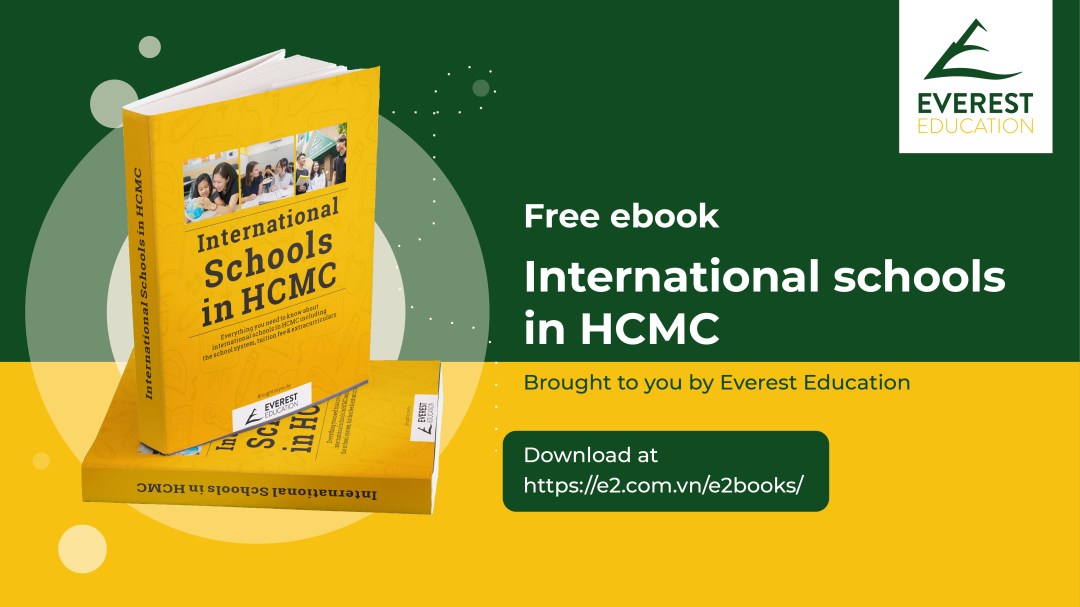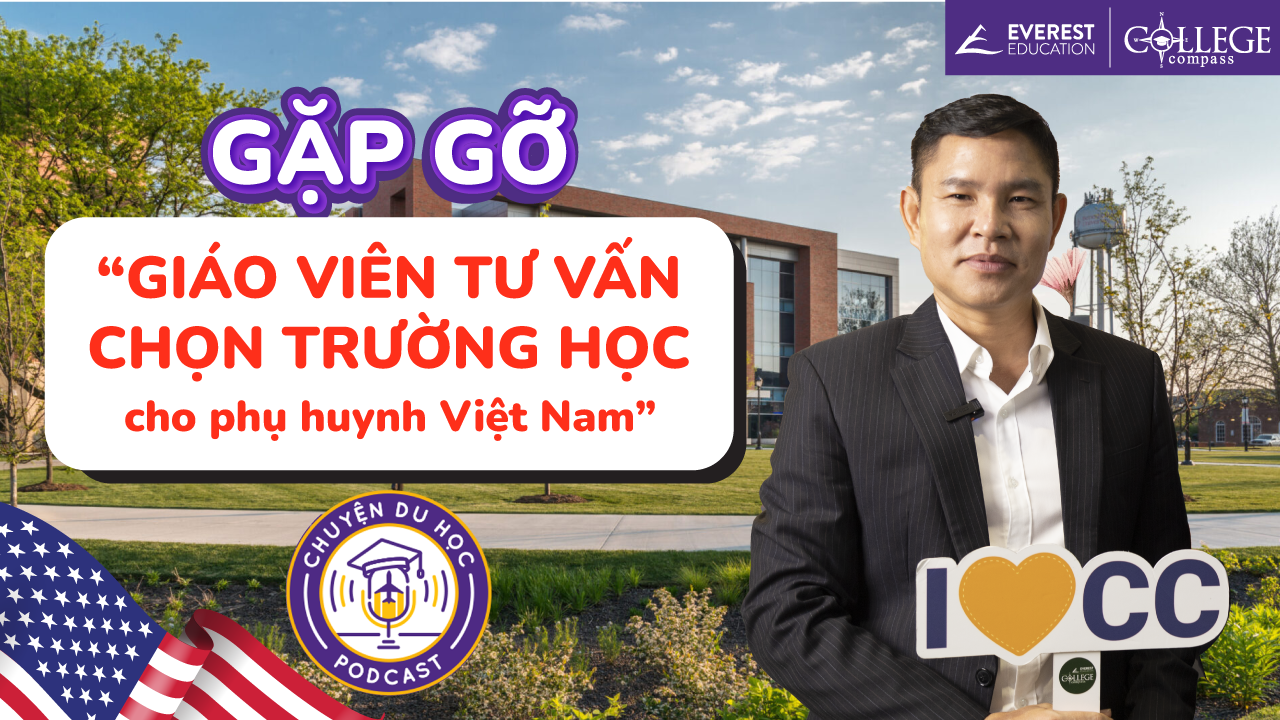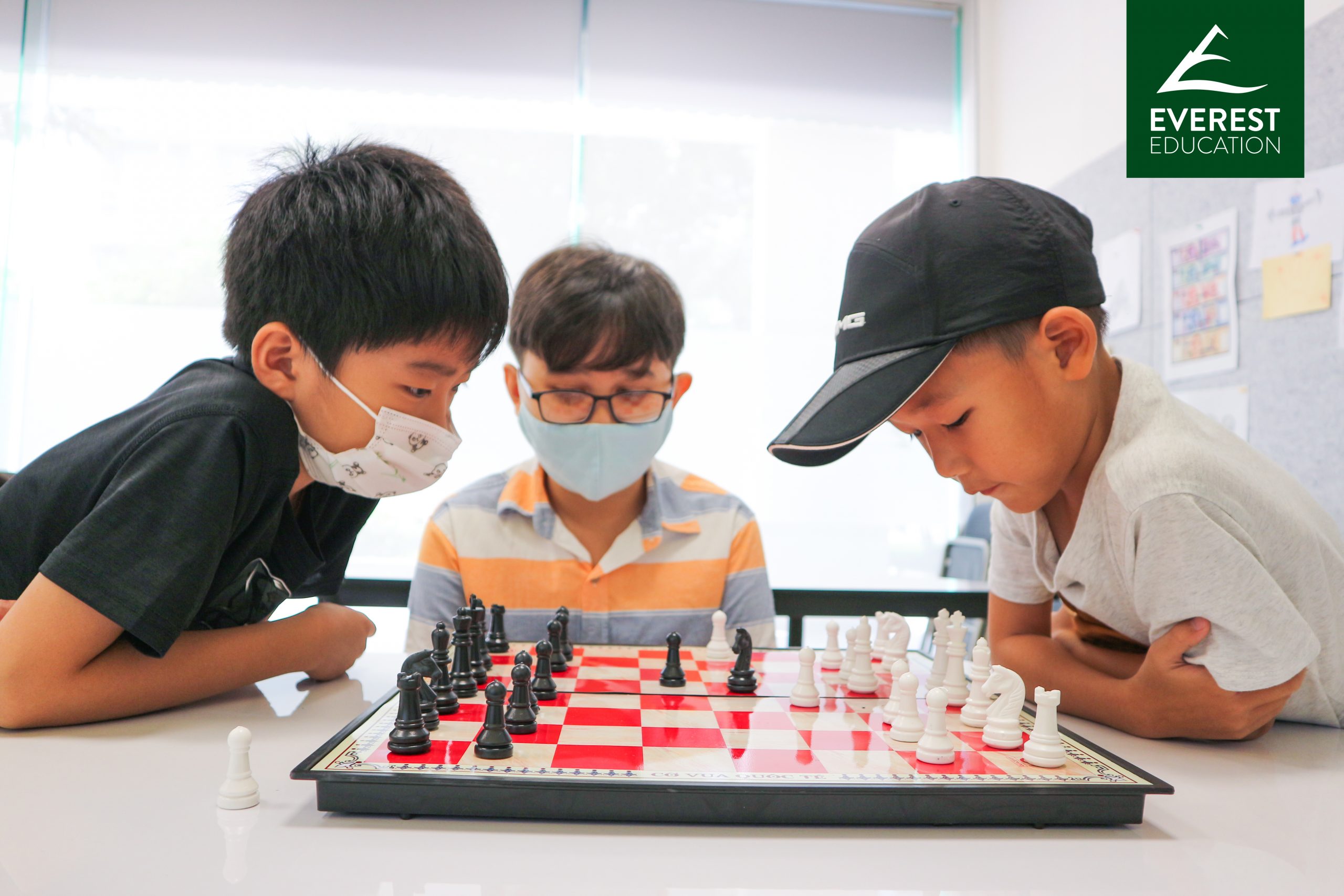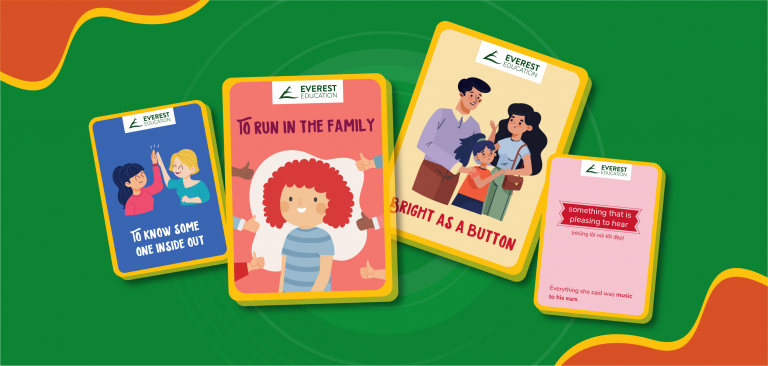Sending children to a new school is always a little nerve–wracking – whether your child is moving from kindergarten to primary school or from primary to high school. “What should I look out for when choosing a school for my child?”, many parents ask. It’s still the first semester of the school year, yet we notice that there are many parents starting to gather school information, do research, and arrange school visits to reserve a school place for their child for the next academic year.
Choosing the right school is one of the most important decisions you can make to ensure a better future for your child. Make the right decision and you could put them on a path towards lifelong learning, a prestigious college education and a successful career.
However, with so many schools offering different environments, teaching styles, and learning philosophies, the research experience can feel overwhelming. It seems that public schools don’t leave us so many options, but if you’re looking beyond the local public school, we recommend that you consider a few key principles. Here are the 4 most important aspects in finding the best international, or bilingual school for your child.
1. CURRICULUM
Every school has strengths that will enhance your child’s experience. Getting to know what those strengths are and how you can support them will benefit your child’s education. Some schools offer a wider range of study than others. Before considering school locations, tuition, or teachers’ qualifications, the available curriculum is a crucial factor you have to prioritize, since each curriculum offers a different learning approach, different sets of values to students, and is recognized by various universities. If you’re intending to send your child study abroad, you should choose a school based on a curriculum that aligns with that of your target country.
For example, in the UK, certainly, the A Level is what’s common. All of the students in the UK, A Levels for high school before they go to university. So, if you have your heart set on studying the UK, choosing a school that offers A Level program will be a good choice. On the other hand, if you know that you want to go to a U.S. School, AP (Advanced Placement) is a really good track to take. The reason for that is because a lot of the AP subjects are taught in US High Schools and recognized by US universities.
If you are not sure where you want to go, so you want to leave your options open, or maybe apply for universities in multiple countries including those outside of the UK and US, the IB (International Baccalaureate) Diploma may be a wise choice because it’s recognized globally, and it is offered and taken by students all over the world.
This point should be central to the decision-making process, especially for parents with children in secondary school approaching the time when college applications begin. Those with older kids learn about the standardized test the curriculum is geared toward, as well as which diploma is granted upon graduation. Besides the in-class curriculum, it is also important to examine the extracurricular options a school offers. The best institutions will have a balanced blend of sports programs, community service activities, and a range of cultural activities such as visual and performing arts, debate, and music. Parents can also use questions like, “If my child starts to fall behind academically, or behaviourally, what kind of support would you put in place?”. This will give you a sense of what the school does above and beyond the classroom to make sure every child is valued.
2. TEACHERS AND CLASS SIZES
Quality of learning at a school is only as good as the quality of its teachers, who are arguably the determining factor that influences a child’s education and development. Though it can be difficult to evaluate teachers from outside, here are some basic questions that parents can ask to draw general conclusions. What are the qualifications the school requires of its teachers? How much and what types of professional development courses are required? What is the teacher turnover rate?

Above all else, what is the average class size? Would you rather send your child to a school which allows 60 students per class or one that limits the number of students per class to a manageable 20 kids? Obviously, you would prefer the latter option since fewer students per class would allow the teacher the liberty of giving individual attention to each one of her students – thereby optimising the student’s learning capabilities. Even the best teachers can become swallowed by a giant sea of eager students.
Research has proved that students tend to learn more in smaller classes, have higher grades and also perform better in their examinations and non-academic activities. As a rule of thumb, one teacher for every 30-35 students per class is an accepted industry norm in good primary/secondary schools. Class size is usually the dominant factor in tuition fee levels.
You should generally expect that schools with higher tuition have more qualified teachers and smaller class sizes. Lastly, visit the school and meet the teachers if possible. The school’s response to your request to visit the school will tell you a lot. Are they friendly, enthusiastic, and knowledgeable about the school and its curriculum? (One way to find out areas that might be weaker for a school is to ask, “What would you change about your school?”)
3. PROXIMITY
It likely goes without saying, but parents should strongly consider daily commute times for your child to and from school. This becomes necessary from a safety perspective and to prevent your child from suffering the repeated discomfort of a long journey to and from her school every day. As a responsible parent, you have to consider your child’s comfort and also ensure that the school is close enough for you to reach in the shortest possible time whenever needed.
The distance is not only a factor for your children, but it also becomes important for your own lives. You may find that your own social lives will start to mirror those of your children, with birthday parties and playdates in the neighborhoods where other families at the school live. If you can’t avoid living far away from your school of choice, it’s important to make sure that the school provides transportation options or that public transport is easily accessible.
4. FEES
This is a practical consideration, but obviously very important, especially if you’re not going to send your child to a public school. Oftentimes, parents tend to enroll their children in the most expensive bilingual, international schools – assuming they are the best, looking at their exorbitant fees and an impressive array of hi-tech facilities. This is a common misconception in Vietnam and need not be true always. As much as we want our children to study in best of the schools, our budget is also imperative to which school we chose.
Tuition and other fees of bilingual and international schools in Vietnam will expectedly increase from year to year, therefore, parents should choose a school where you can sustain to pay fees regularly, otherwise this will become a burden for you. It’s worth noting that when signing up for international or bilingual schools, parents have to foot the bill for costs other than tuition and campus development fees, such as admission fees, assessment fees, bus rides, cafeteria lunches, uniforms, extracurricular activities, stationery and textbooks… through out the school year.
There is no need for you to risk potential bankruptcy in your haste to send your child to the – most expensive school – possible. Instead, you need to focus on whether you are getting full value for the money you are paying in terms of quality, safety, facilities, extra-curricular activities and the assurance that the all-round development of your child is being taken care of in the best way possible. There are several reputed public or bilingual schools across the country which are not only a lot cheaper, but also give a comparable and better quality of education to their students. To learn more about international schools in Ho Chi Minh city, you can refer to our free ebook, “International schools in HCMC”, where we cover every detail about the international school system in Ho Chi Minh City, including curriculum, tuition and other fees, extracurriculars… and provide you key insights about some potential schools.
Please click here to download.

Conclusion
Choosing the right school for your child can be a tough, intimidating decision. While the quality of education remains the most important criteria, the opportunity to develop your child’s creative, physical and social skills is also a key attribute that needs to be given equal importance. We hope this article can help you be more aware of the exact factors that you need to consider in your endeavour to select the right school for your child.
Should you have any concern or any topics you want us to cover, feel free to leave your comments below. You can subscribe to our newsletter to get the latest updates delivered straight to your inbox, and find more parenting coverage at https://blog.e2.com.vn/e2-talk-tips-and-tricks-parents/
















